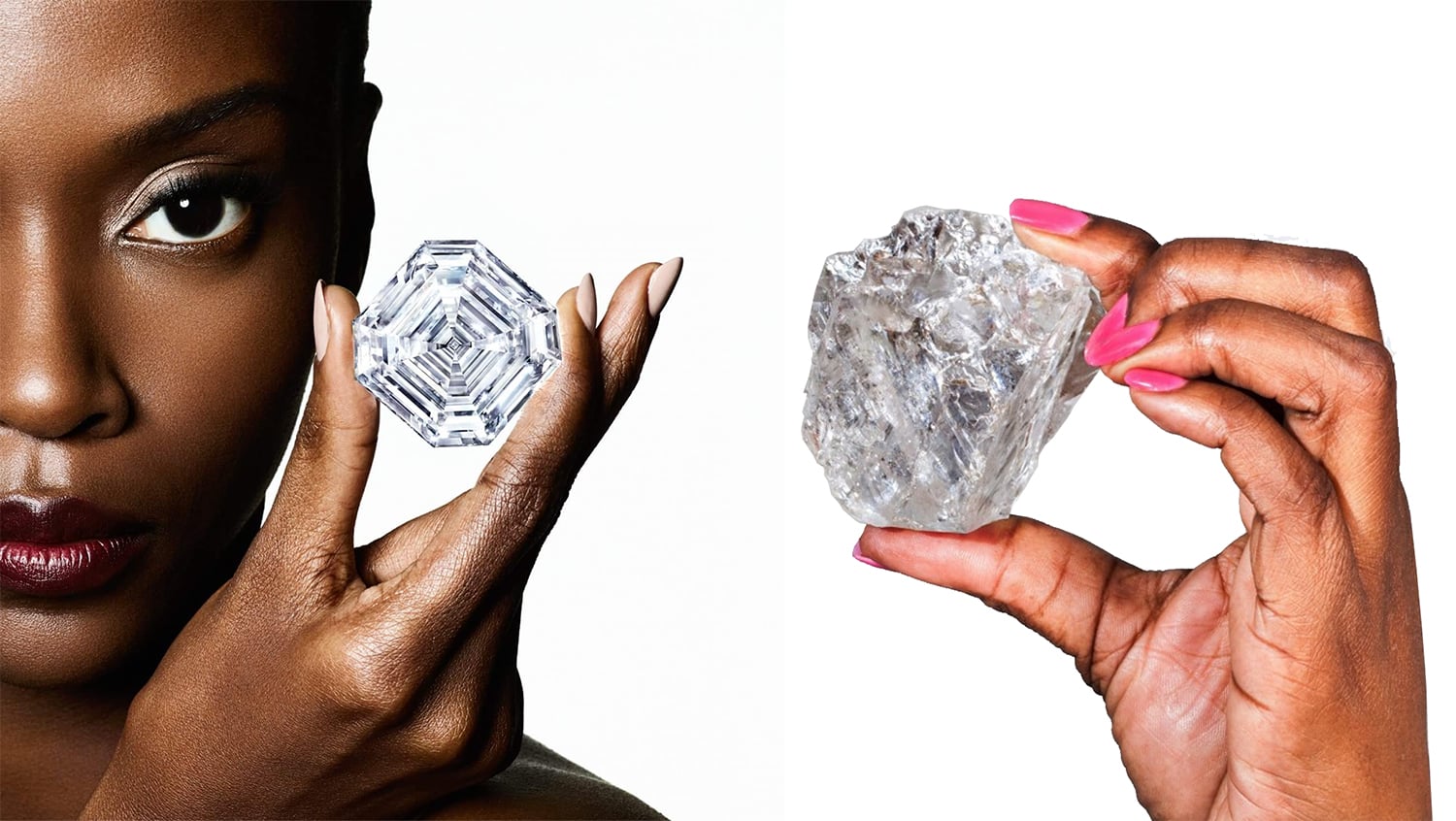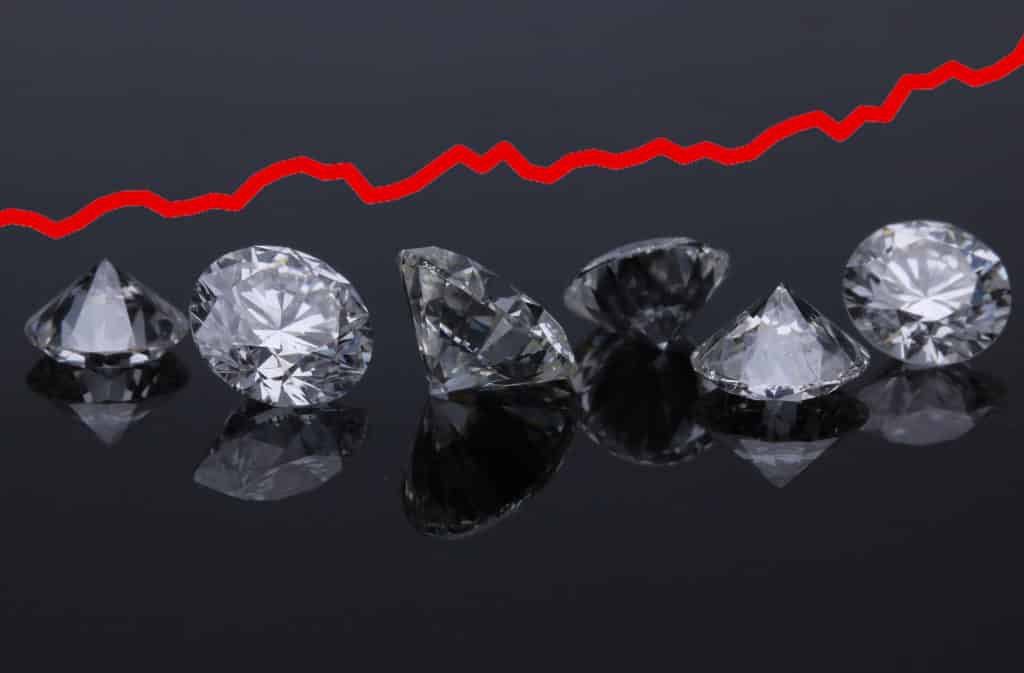Blog
Home » Diamonds blog » Diamond Sales Rise in Rough and Polished Markets
Focus on

Reporting on the second of its 10 sales cycles for the year, De Beers says good rough diamond demand continued, in response to positive consumer demand for diamond jewellery.
The company said that the value of diamonds sold it sold during the period increased to $550 million, almost 52 percent more than the $362 million sold in the second sales cycle of 2020, just as the world markets were beginning to enter what became a prolonged period of lockdowns.
Nonetheless, the relatively healthy figure was still 17 percent lower than the the $663 million worth of rough diamonds sold of diamonds sold during the first sales cycle of this year.
Despite the healthier figures, De Beers is still taking a cautious approach. The company’s diamond production has been adjusted to between 32 million carats and 34 million carats, down slightly from the 33 million to to 35 million carats the previously had stated.
MOOD IMPROVED, BUT CAUTION CONTINUES
Communicating with the media with the release of the second sales cycle results, De Beers said that the diamond jewelry sector was back on its feet and recovering fast.
Midstream buyers continued to express healthy demand following better-than-expected retail sales of diamond jewellery over Christmas, Chinese New Year and Valentine’s Day, with the industry now set to enter what is traditionally a period of lower seasonal demand,” CEO Bruce Cleaver stated.
“While the year has started positively, we recognise ongoing near-term uncertainty in the pace and shape of the recovery,” he noted.
But with Diwali, Thanksgiving, Christmas and the Chinese New Year all behind us, Cleaver warned that the market is set to enter a period of lower seasonal demand, he said, adding that “while the year has started positively, we recognise ongoing near-term uncertainty in the pace and shape of the recovery.”

“While the year has started positively, we recognise ongoing near-term uncertainty in the pace and shape of the recovery,” noted Bruce Cleaver, DeBeers CEO.
A few weeks earlier, at the presentation of the 2020 results of Anglo America, the natural resource conglomerate that owes an 85 percent share in De Beers, the corporation’s CEO Mark Cutifani, said he expected diamond demand to continue to follow global GDP and personal disposable income. Both categories were were expected to grow about 3 percent over the coming decade.

The RapNet Diamond Index for 1-carat diamonds rose 0.8 percent in February. Year on year, the price index for one carat stones rose by 7. 6 percent.
AVERAGE PRICE OF 1-CARAT POLISHED RISES
On the polished side the RapNet Diamond Index for 1-carat diamonds rose 0.8 percent according to the Rapaport Group, with polished trading was steady during the month, though seasonally slower than in January. Year on year, the price index for one carat stones rose by 7. 6 percent.
Retailers have been steadily restocking since the holiday season, Rapaport noted, but are now holding onto smaller in-store inventories than before.
With the rise in rough diamond purchases in the cutting centers, midstream inventory levels have increased, Rapaport reported following a spike in rough buying. The quantity of diamonds listed on RapNet on March 1 was 1.25 million, which is 11.1 percent more than at the beginning of the year.
The market continues to enjoy a healthy balance between supply and demand, Rapaport stated, with manufacturers struggling to protect profit margins after recent increases in the cost of rough.
Rough buying is expected to cool in the coming months, Rapaport predicted. Manufacturers do require inventory to satisfy jewelers’ growing demands and e-commerce orders, but at the same time they do not want to upset the good equilibrium in the pipeline when polished trading slows in the second quarter, as it usually does most years.
